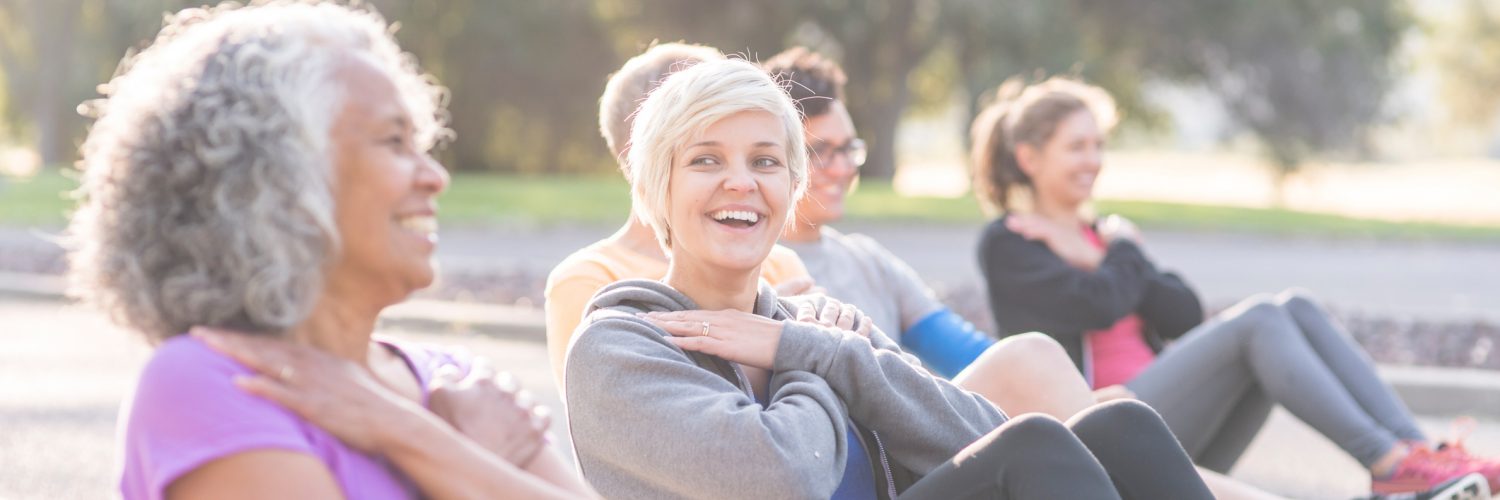Physical activity is important and necessary for good health. Being active can help ward off chronic disease, reduce the risk of cancer and the chance of it reoccurring, improve your outlook, brain function and sleep, as well as boost your mood, energy and confidence. It helps to maintain a healthy weight and assist with muscle development and bone health. As a result, the U.S. Department of Health and Human Services (H.H.S.) has made a commitment to provide Americans with updated, research-backed, science-based guidelines to help encourage physical activity. Keep reading for a summary of the guidelines and consider planning your exercise and physical activity based on what you learn about your age group!
Key Guidelines for Children Ages 3-5
- Children in this age group should be physically active throughout the day by participating in a variety of activities to enhance their growth and development.
Key Guidelines for Children and Adolescents Ages 6-17
- Children in this age group should get 60 minutes or more of moderate-to-vigorous activity daily.
- The majority of their activity should be moderate- or vigorous-intensity physical activity, but should include vigorous physical activity at least 3 days per week.
- Part of the 60 minutes should include resistance or muscle-strengthening activities on at least 3 days per week.
- A portion of the 60 minutes should also include bone-strengthening activities on at least 3 days per week.
Key Guidelines for Adults Ages 18-64
- Adults in this age group should do at least 150 minutes to 300 minutes of moderate-intensity, or 75 minutes to 150 minutes of vigorous, aerobic activity each week.
- Aerobic activity should be spread throughout the week.
- The more physical activity, the greater the health benefits. The guidelines encourage activity beyond 300 minutes.
- In addition to aerobic activity, adults in this age group should perform muscle-strengthening activities at least 2 days per week that involve all of the major muscle groups.
- Any activity is better than no activity for this group. Moreover, adults in this age group should strive to move more and sit less.
Key Guidelines for Older Adults ages 65+
- The guidelines for adults (above) also apply to this age group. Additionally, this age group should include balance training.
- This age group should carefully consider how their fitness level, chronic conditions or other health issues could affect their ability to exercise, and be as physically active as they can be considering their situation.
It is important that women who are pregnant or in their postpartum period as well as adults and children with chronic health conditions and/or disabilities consult with their medical provider(s) to determine the types and amounts of activities appropriate for them.



